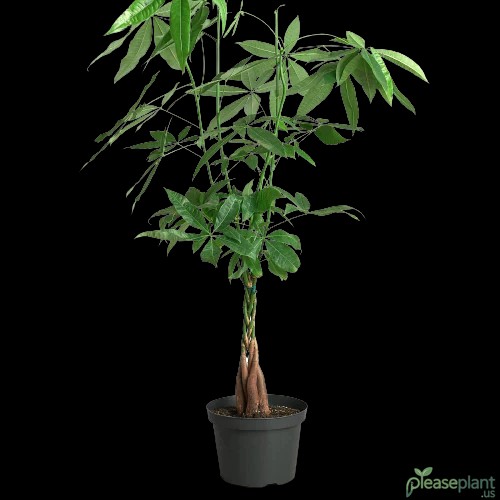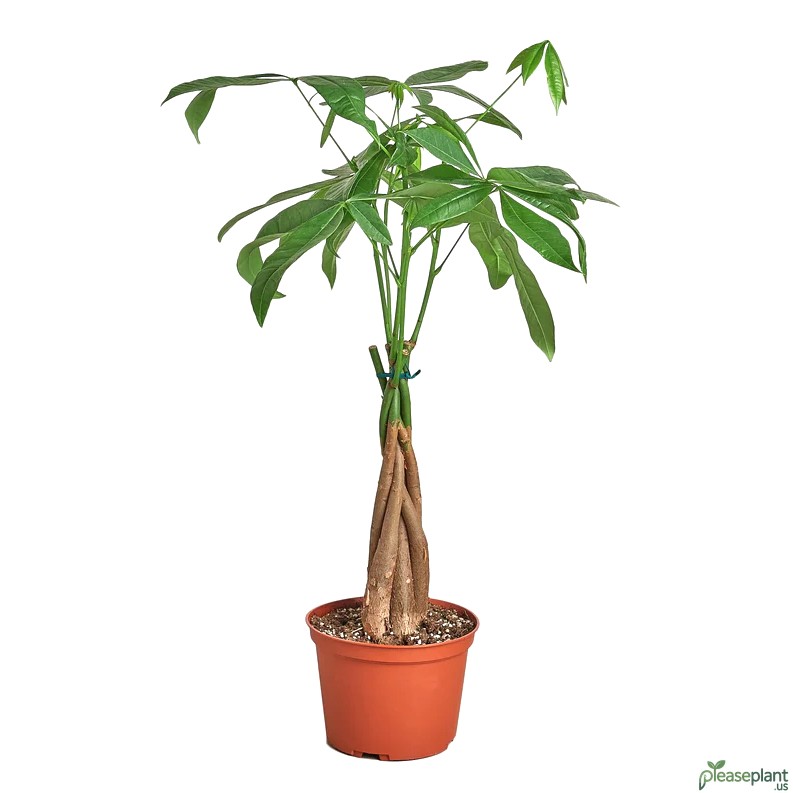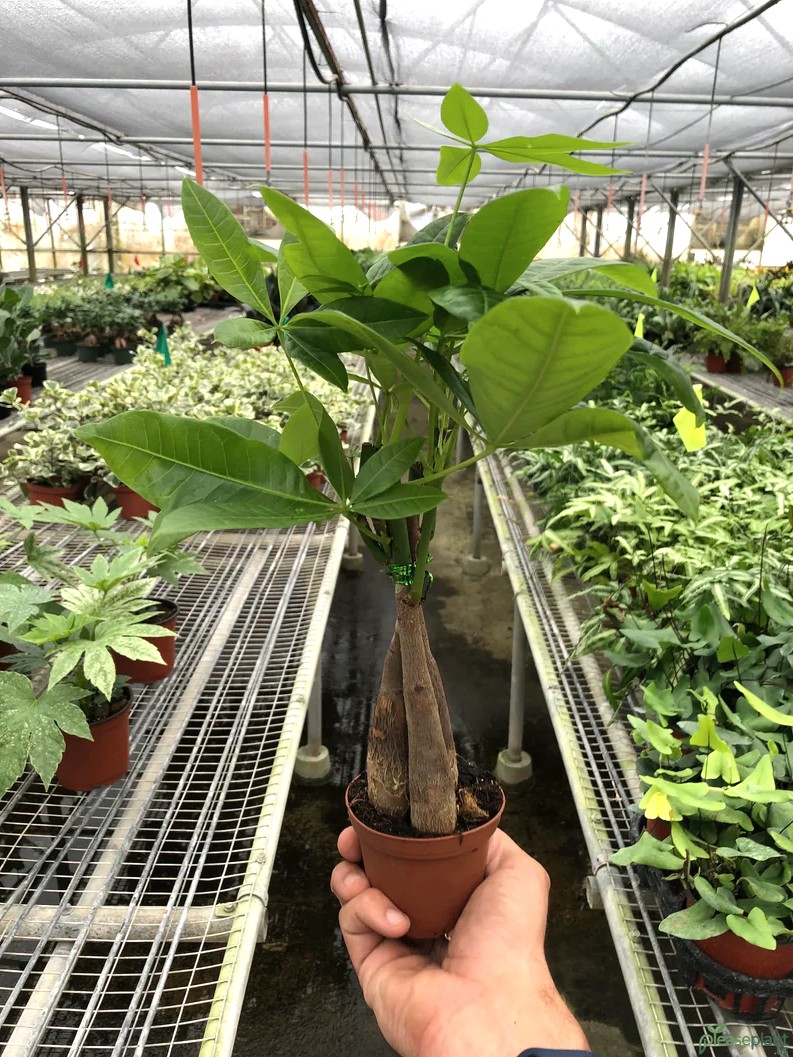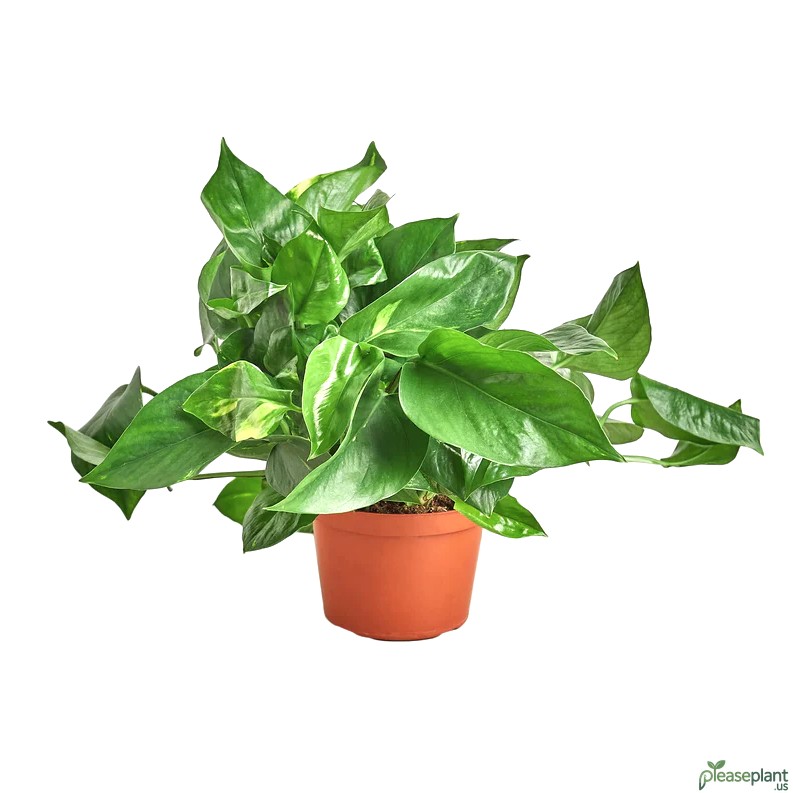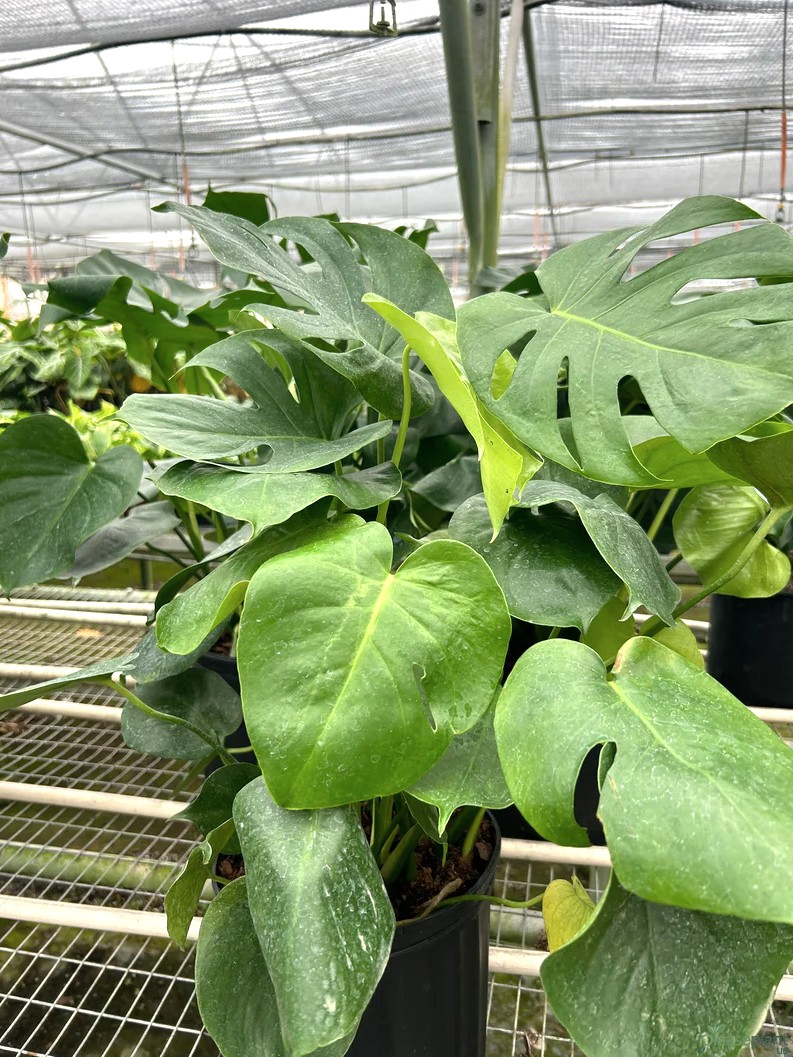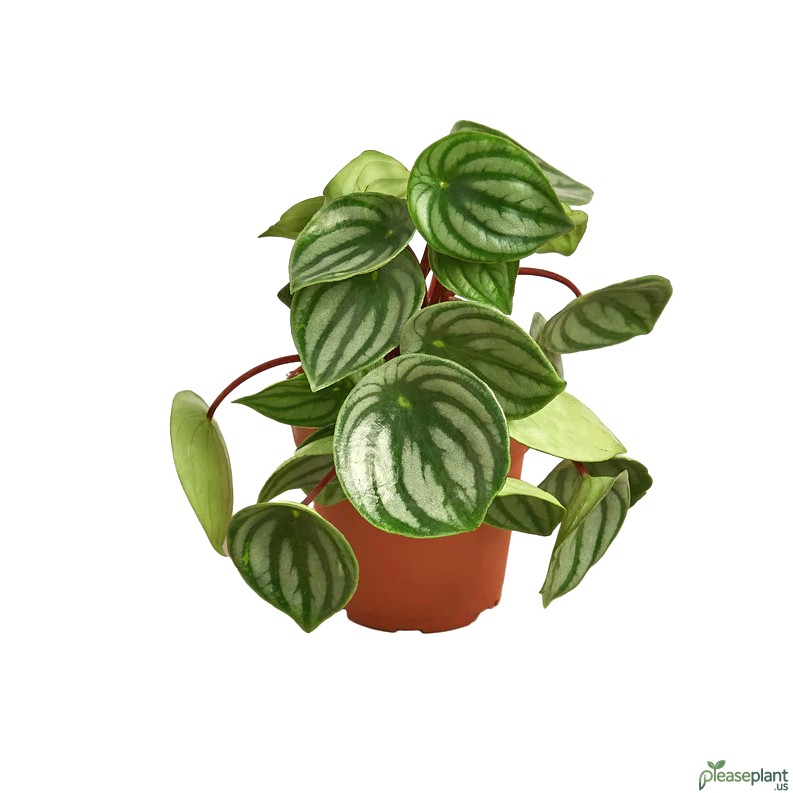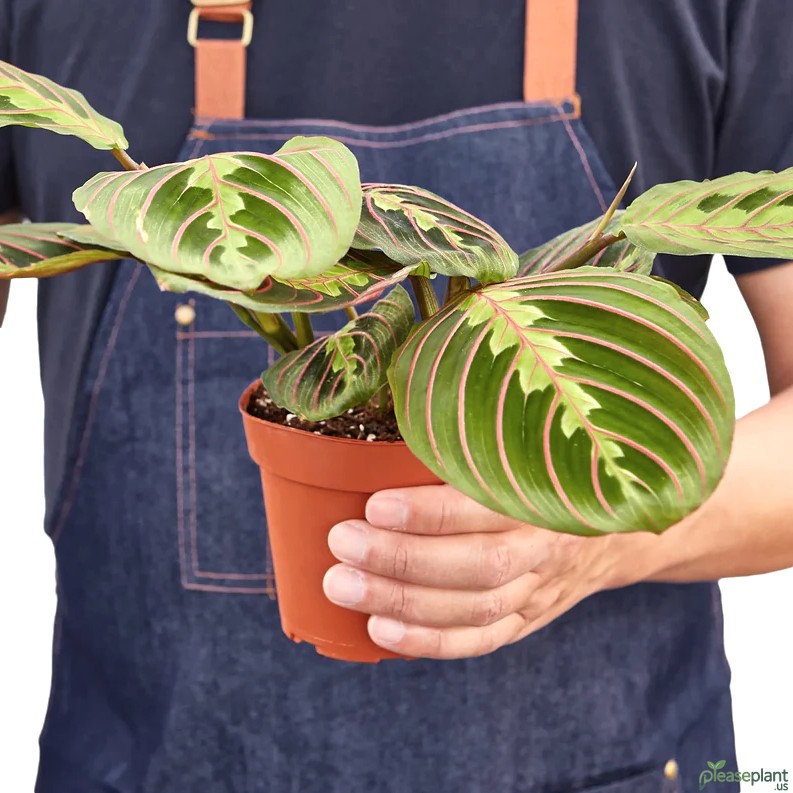If you’ve ever wondered whether the Money Tree 'Guiana Chestnut' aka Pachira Braid is a pet-safe plant, you’re not alone. Many pet owners love its charm but hesitate because of toxicity fears. Let me share what I’ve learned from years of gardening and a few close calls with my own curious cats. While this plant is often touted as non-toxic, there are situations where it might cause tummy troubles or worse for your cats and dogs. So, when exactly does the Money Tree turn into a hazard? Let’s get into the nitty-gritty.
Let Me Tell You About My Money Tree Adventures
I remember the first time I brought home a Money Tree 'Guiana Chestnut', also known as the Pachira Braid. It looked like a perfect pet-friendly addition to my living room. But, oh boy, did my mischievous tabby have other plans! She nibbled on a leaf, and while she didn’t seem immediately sick, I started to wonder, "Is this plant really safe for cats and dogs?"
Is the Money Tree Toxic to Cats & Dogs?
The short answer is: generally, no. The Money Tree 'Guiana Chestnut' is classified as non-toxic by many pet safety organizations. But—and here’s the kicker—if your furry friend gobbles up a lot of it, they might face mild symptoms like vomiting, diarrhea, or stomach upset. It’s kinda like when you eat too much spicy food; not deadly, but unpleasant.
When Does the Money Tree Become a Problem?
Here’s where things get tricky. The plant’s leaves and seeds contain saponins, which in large quantities can irritate your pet’s digestive tract. If your dog or cat is the type to chew on everything (you know who you are!), they might ingest enough to cause issues. Also, if your pet has a pre-existing health condition or a sensitive stomach, even small bites could lead to bigger problems.
How to Keep Your Pets Safe Around Pachira Braid
Based on my experience, the best way to keep peace in the house is simple: place your Money Tree somewhere your pets can’t reach it easily. High shelves, hanging baskets, or rooms off-limits to pets work wonders. Also, keep an eye on your pet’s behavior—if you notice excessive chewing or any symptoms like drooling or lethargy, it’s time for a vet visit.
What to Do If Your Pet Eats Money Tree
Don’t panic. Most cases are mild and resolve with some TLC. Offer fresh water and monitor for vomiting or diarrhea. If symptoms worsen or your pet seems in distress, call your vet immediately. Better safe than sorry, especially with those furry companions who never seem to get enough of houseplants.
Why Do People Love the Pachira Braid Despite Risks?
It’s not just about looks—this plant symbolizes good fortune and prosperity in many cultures. Plus, it’s easy to care for and adds a lush, tropical vibe to any room. Just remember, like many beautiful things, it comes with a little responsibility. Your pets’ curiosity might clash with your green thumb, but with some smart placement and watchfulness, you can have both a thriving Money Tree and happy, healthy animals.
So, if you’re thinking about adding a Money Tree 'Guiana Chestnut' to your home and you have cats or dogs, just keep these tips in mind. It’s not the most dangerous plant out there, but it ain’t a free-for-all buffet either. Treat it right, and it’ll be a lovely, pet-friendly companion for years to come!

